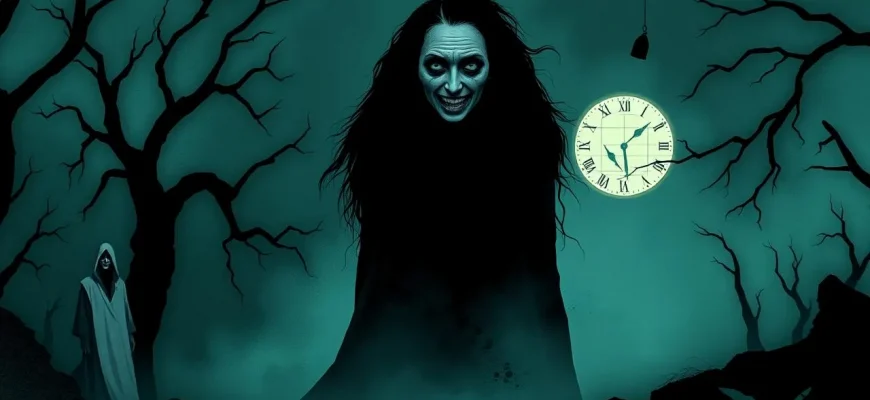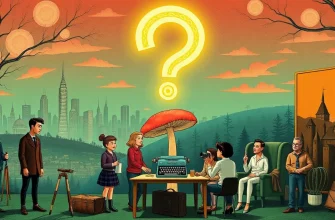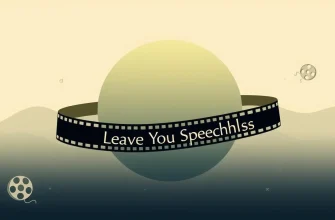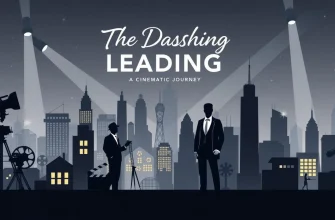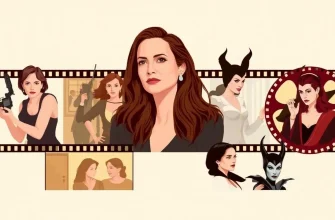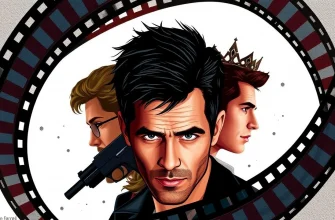Nightmares have always been a rich source of inspiration for filmmakers, tapping into our deepest fears and anxieties. This curated list of 10 films delves into the realm of nightmares, offering viewers a spine-chilling experience that will linger long after the credits roll. From psychological horror to surreal dreamscapes, these movies explore the dark corners of the human psyche, making them essential viewing for anyone fascinated by the macabre and the mysterious.
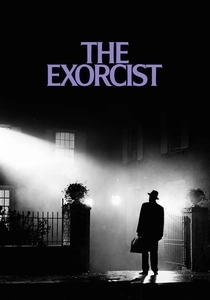
The Exorcist (1973)
Description: While primarily a possession film, the demonic influence on a young girl's mind creates nightmarish visions and experiences, making it a classic in the horror genre.
Fact: The film was so terrifying that it was reported to have caused audience members to faint, vomit, or leave the theater during screenings.
 Watch Now
Watch Now 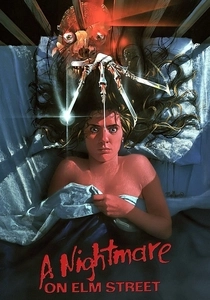
A Nightmare on Elm Street (1984)
Description: Freddy Krueger, the dream-stalking killer, terrorizes teens in their sleep, making it impossible to distinguish between dreams and reality. This film is a cornerstone of the nightmare genre, blending horror with the surreal.
Fact: The iconic glove with knives was designed by Wes Craven himself, and the film was inspired by real-life stories of Cambodian refugees who died in their sleep from nightmares.
 Watch Now
Watch Now 
Jacob's Ladder (1990)
Description: A Vietnam War veteran experiences nightmarish visions and hallucinations, questioning his reality and sanity. The film's exploration of PTSD and existential dread makes it a profound nightmare experience.
Fact: The film's ending was changed multiple times during production to keep the audience guessing about what was real.
 Watch Now
Watch Now 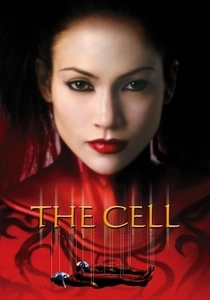
The Cell (2000)
Description: A psychologist enters the mind of a comatose serial killer to save his latest victim, navigating through his twisted nightmares. The film's visual style and exploration of the subconscious make it a unique entry in the nightmare genre.
Fact: The film's dream sequences were heavily influenced by the works of Salvador Dalí and H.R. Giger, creating a visually stunning and disturbing experience.
 Watch Now
Watch Now 
The Others (2001)
Description: A gothic ghost story where a woman and her children live in a perpetually dark house, experiencing what they believe are ghostly presences, which could be their own nightmares or something more sinister.
Fact: The film was shot entirely on the island of Jersey, adding to its eerie, isolated atmosphere, and its twist ending has become iconic in horror cinema.
 Watch Now
Watch Now 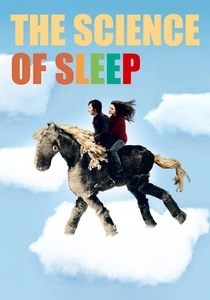
The Science of Sleep (2006)
Description: This film blurs the line between dreams and reality, following a man whose dreams start to invade his waking life, creating a surreal and often nightmarish experience.
Fact: Michel Gondry, known for his innovative visual style, used practical effects and stop-motion animation to bring the dream sequences to life.
 Watch Now
Watch Now 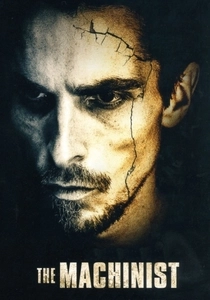
The Machinist (2004)
Description: Christian Bale's character, suffering from extreme insomnia, descends into a nightmarish world of paranoia and hallucinations, blurring the lines between reality and his own mind.
Fact: Bale lost over 60 pounds for the role, showcasing his dedication to portraying the physical and mental toll of insomnia.
 Watch Now
Watch Now 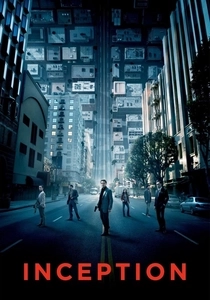
Inception (2010)
Description: While not strictly a horror, Inception explores the concept of dreams within dreams, where the line between reality and nightmare blurs, creating a psychological thriller that plays with the viewer's perception.
Fact: Christopher Nolan wrote the script over a decade, and the film's dream logic was inspired by his own dreams and the works of surrealist artists.
 Watch Now
Watch Now 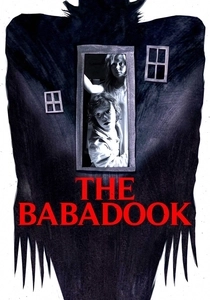
The Babadook (2014)
Description: A widow and her son are haunted by a sinister presence from a children's book, which manifests as their deepest fears and nightmares. This film delves into grief, fear, and the psychological horror of losing control.
Fact: The film was initially banned in several countries due to its intense psychological themes, and the Babadook has since become a queer icon.
 Watch Now
Watch Now 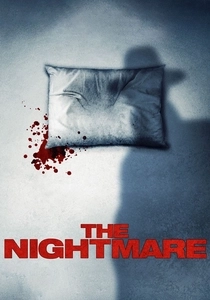
The Nightmare (2015)
Description: This documentary explores sleep paralysis, where individuals experience vivid, often terrifying hallucinations, blurring the line between dreams and reality.
Fact: The film uses real-life accounts and reenactments to create a chilling, immersive experience that feels like a horror movie.
 Watch Now
Watch Now 
